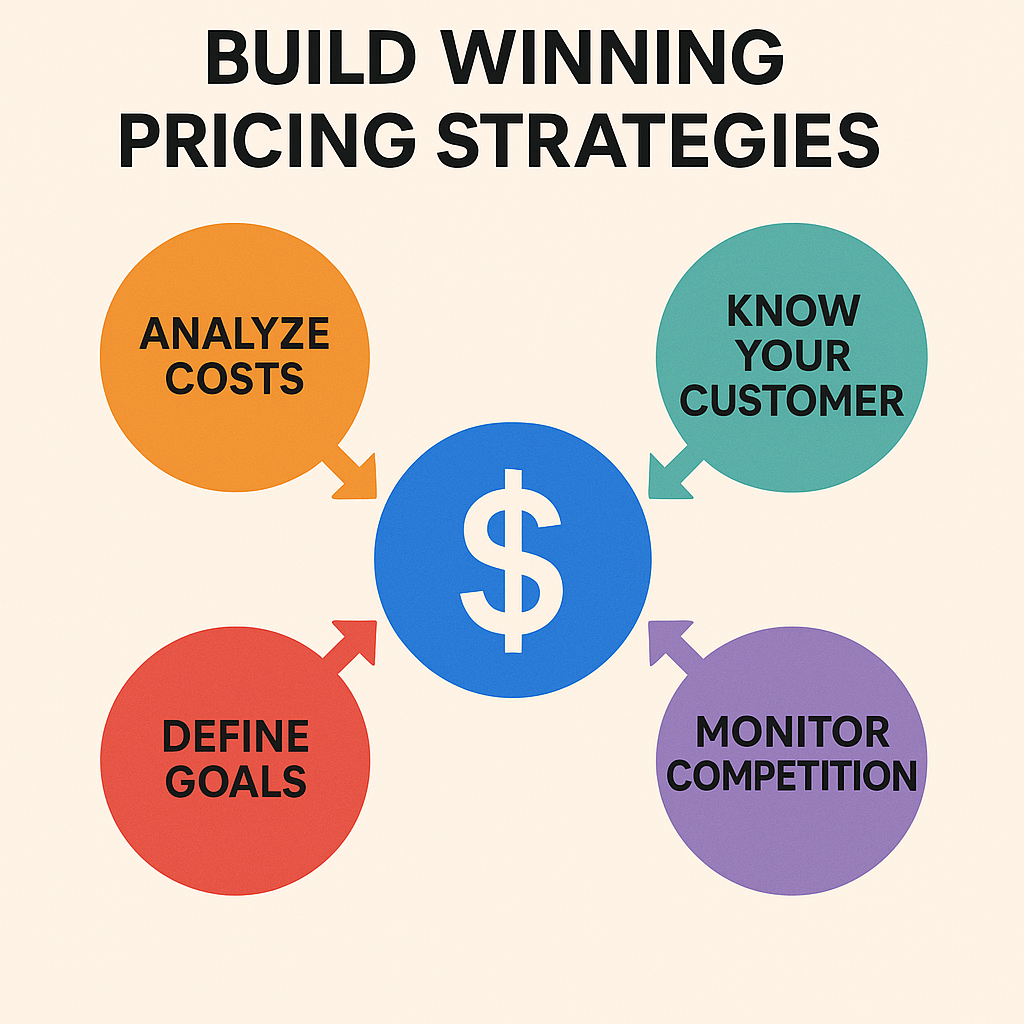How to Build Winning Pricing Strategies to Beat Chinese Competitors in International Markets
In the landscape of global trade, pricing strategy is one of the most decisive factors in capturing international market share. When facing fierce competition—especially from Chinese suppliers, who are often seen as unbeatable in price—businesses must develop smarter and more sustainable pricing strategies. Merely lowering prices isn’t enough. Success lies in value-driven differentiation, strategic positioning, and cost optimization.
This article outlines practical, research-backed pricing strategies that exporters and international marketers can adopt to stay competitive—and even outperform—Chinese suppliers in the global market.
Why Competing with Chinese Suppliers is Challenging
China’s dominance in global exports is powered by:
- Economies of scale
- Low labor costs
- Government subsidies
- Well-integrated supply chains
- Strong B2B platforms like Alibaba and Made-in-China
Their pricing advantage often undercuts suppliers from other nations. However, price isn’t everything. Many importers also care about quality, consistency, compliance, innovation, and after-sales support.
Key Pricing Strategies to Beat the Competition
1. Value-Based Pricing (Not Just Cost-Based)
Instead of matching low prices, highlight the superior value your product delivers. This can include:
- Better quality materials
- Customized solutions
- Faster delivery times
- Stronger after-sales service
- Certifications and regulatory compliance (CE, RoHS, REACH, etc.)
Example: A German machinery buyer may pay 20% more for a product with EU compliance, high uptime, and reliable service vs. a cheaper Chinese version with uncertain performance.
2. Bundle and Package Deals
Offering bundled services (e.g., free training, installation, or extended warranty) can shift focus from unit price to total value proposition. This tactic helps position your offer as more comprehensive and supportive than a bare-minimum Chinese counterpart.
3. Tiered Pricing Strategy
Introduce multiple product tiers to cater to diverse buyer segments:
- Basic (competitive with Chinese price)
- Standard (value for performance)
- Premium (high-end customization)
This way, you serve both price-sensitive and quality-conscious customers.
4. Geo-Specific Pricing
Customize pricing based on market purchasing power and regional competition. Localize offers using:
- Currency hedging
- Regional promotions
- Duty & logistics optimization
This helps reduce effective landed cost without compromising margins.
5. Cost Optimization & Lean Sourcing
Identify ways to reduce internal costs through:
- Localized raw material sourcing
- Automation in manufacturing
- Improved inventory management
- Strategic logistics partnerships
If cost base reduces, you can pass part of the benefit to customers while preserving margin.
6. Leverage Brand & Trust Premium
Unlike many Chinese suppliers (often anonymous trading firms), you can build brand equity and long-term buyer trust through:
- Transparent operations
- Customer success stories
- Reviews and testimonials
- Repeat buyer programs
Customers often pay more to reduce risk.
7. Flexible Payment Terms
Offer better credit terms, payment options (LC, OA, DP) or performance-based payment milestones. This eases cash flow for buyers and makes your offer financially attractive even if price is higher.
8. Digital Marketing + Storytelling
Use digital platforms to educate prospects on why your product offers better ROI, even at a higher price. Share behind-the-scenes production quality, compliance steps, or long-term savings through visual storytelling.
9. Target Untapped Niches
Avoid direct price wars by targeting niche sectors where Chinese dominance is weaker, such as:
- Custom-engineered components
- Low-volume/high-complexity goods
- Eco-friendly and sustainable products
- High-trust markets (Scandinavia, Japan, etc.)
10. Joint Ventures & Local Assembly
In large markets like Africa, Middle East, or Latin America, set up assembly units or joint ventures to reduce import duties and logistics costs. This allows more competitive pricing vs. fully imported Chinese goods.
Conclusion: Competing Smart, Not Just Cheap
Beating Chinese suppliers isn’t about racing to the bottom in price. It’s about delivering more value for money—and communicating it well. A strategic pricing model backed by quality, service, and differentiation can turn the tide in your favor.
With the right blend of cost control, value-added services, market insight, and pricing innovation, international businesses can not only compete with China—but thrive in their own right.

